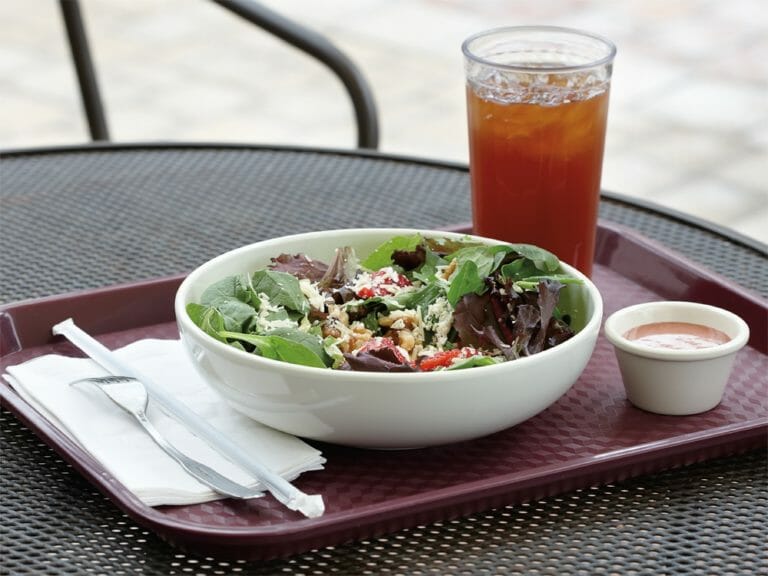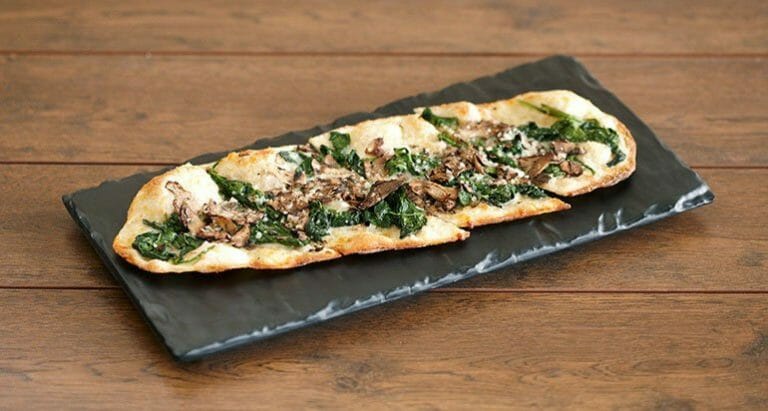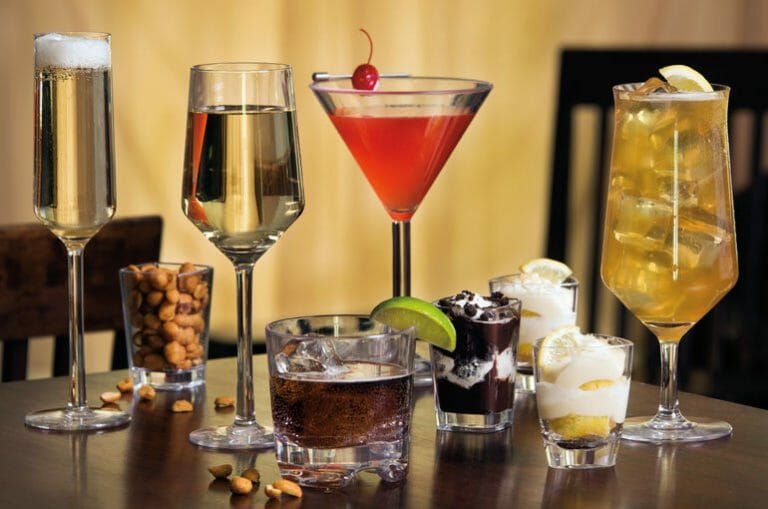Cost of Melamine vs China Dinnerware: Which is More Expensive?
When searching for commercial food service dinnerware to buy, the “Cost of Melamine vs. China Dinnerware: Which is More Expensive” question gets asked a lot. Because of the variety of options for both melamine and china dinnerware, this is a tough question to answer. However, let’s discuss some general pricing guidelines and realistic price ranges for what operators can expect to spend and things to consider.
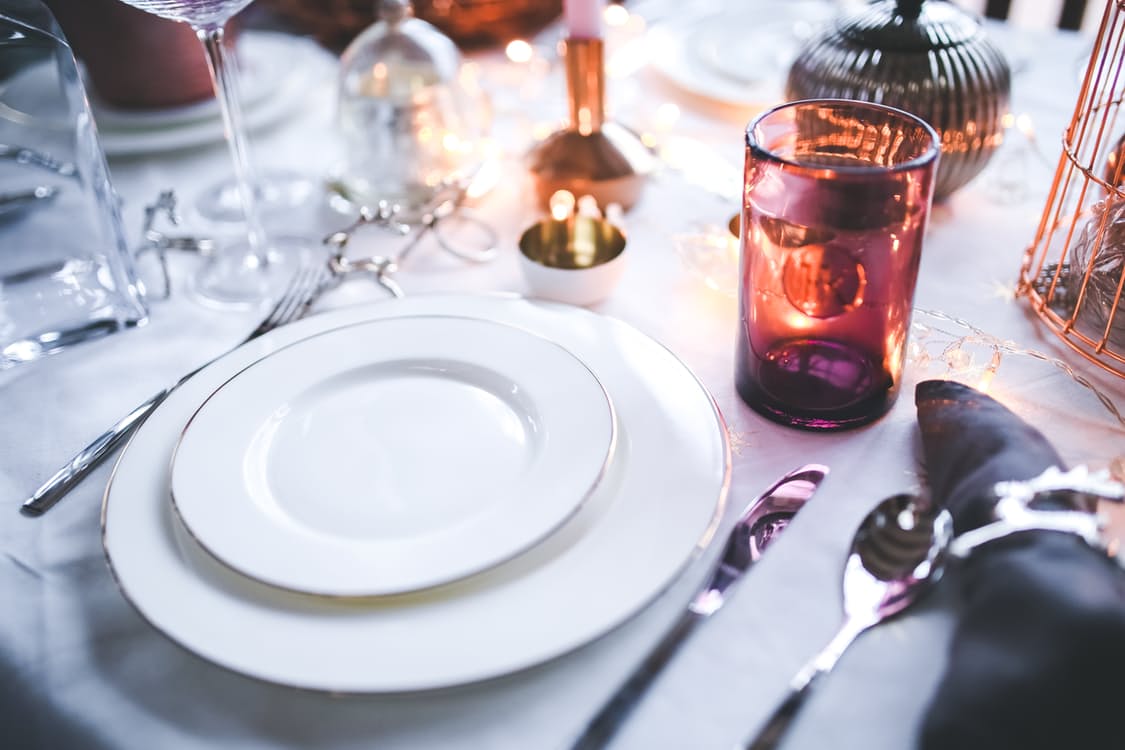
Cost of China Dinnerware
When it comes to the true cost of china dinnerware, the price varies based on the quality of material and process used to make the plate.
|
10″ low-end china plate |
10″ high-end china plate | |
|
$6.00 |
$14.00 |
$27.00 |
China dinnerware per plate can run you from $6 to $30 plus. Let’s review in details different types of china dinnerware:
China Dinnerware: Good, Better, Best
When it comes to china, there are three types of china dinnerware that are most popular for use in a foodservice operation that ranges from good, better, and best.
Dolomite China is very porous and brittle. This dinnerware is the most economical of all china dinnerware. You’ll see dolomite plates used in foodservice to serve appetizers, but not a lot because it’s so brittle. You will also see this used in catering for displayware and self-serve stations.
Vitrified China is vitrified during the single firing process at about 1200 °C in the kiln and is more durable than dolomite. There are different levels of vitrified china that can be made in various weights, gauges, and glazing. This lower firing temperature finish makes china slightly easier to decorate than porcelain. Vitrified china is of better quality than that of dolomite. Vitrified china is used in numerous operations from casual dining to country clubs and hotels; it has a very broad range depending upon the quality. Most vitrified china plates used in food service are medium to heavyweight.
Porcelain is fired at 1300 °C in the kiln. It becomes vitrified during the second firing of a two-fire process. Because of this process, porcelain is more durable than vitrified china, which means it can be made thinner and lighter. While the plate is usually covered with a clear glaze, the finish tends to be harder, and less brittle. Porcelain is the best traditional quality used in food service today. It is mostly used in fine dining operations.
There is also another type of china dinnerware, Bone China, but restaurateurs typically don’t use that in casual and family-style dining operations. You might see that at a five-star hotel property, but 99% of the food service business and more are not in the bone china category. Bone China is expensive.
Cost of Melamine Dinnerware
When it comes to melamine, the raw material purity can vary, but if NSF certified it is assuredly the same in material makeup, however, the price will vary depending on the weight, design, and availability of texture, glaze, or decal (decorative design).
| 10″ Economical |
10″ Lower Mid-Range Plate |
10″ Higher Mid-Range Plate |
10″ Premium Plate |
|
$3.62 ea. |
$5.50 ea. |
$7.92 |
$12.50 |
Melamine dinnerware has a price range from $3.60 to about $13.00 per plate. Let’s talk more about what can affect the quality of melamine tableware.
What Should You Know About Melamine Dinnerware Quality?
Similar to china, there are different levels of quality when it comes to melamine dinnerware. An example of a lower-quality melamine would be the use of an impure raw material by a manufacturer. These products are usually lower in price and not suitable for a food service operation because they affect the durability standards of the material. Unfortunately, there is no government mandate that would regulate all products touching consumers’ food for safety. However, one way to ensure you’re purchasing quality melamine dinnerware is to purchase NSF-certified products. If you’d like to learn more about NSF, read “What is NSF and How Can it Benefit My Operation?”
Another factor that can influence the quality of your melamine dinnerware is the quality of the mold and its polishing. The mold is a hollow steel container used to give shape to melamine material when it hardens in the compression heating process during production. The polishing stage of melamine will vary by product but typically ranges from up to 4 stages of sanding and buffing. Extra polishing can be used to improve the quality range level of a product or add a shine to the final product, similar to a glaze.
In addition to the mold, the basic manufacturing technique for melamine requires consistency in the heated temperature of the raw material and the compression process timing. If you do not maintain the proper heating temperatures or time in compression, it can affect the molding or durability of the product later.
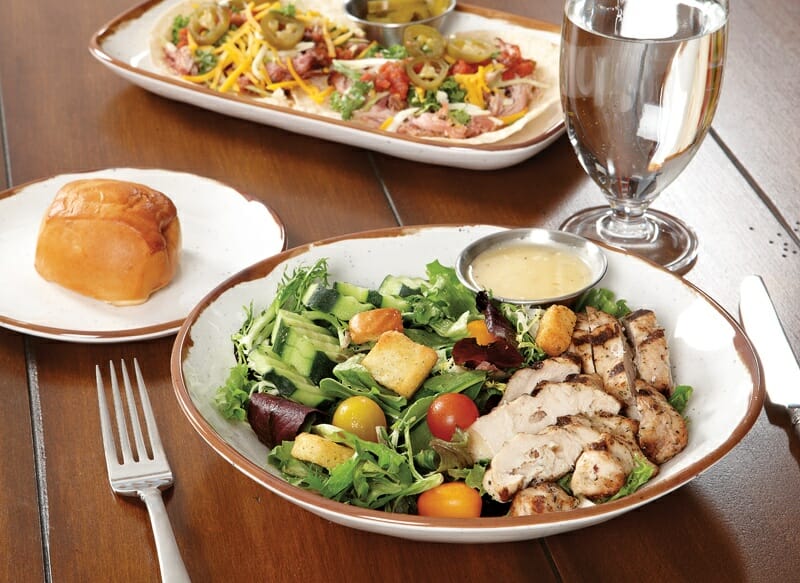
Melamine vs China Dinnerware: So What is More Expensive for My Operation?
With new advancements in technology, a good quality melamine plate can look and feel just like china but in addition, it offers extra operational benefits like durability and longevity. Because of this, melamine dinnerware is becoming a popular choice among casual and fast-casual restaurants, buffets, cruise lines, catering, business and industry foodservice operations, colleges, and universities.
For example, in a family dining operation that uses a china $4 to $10 plate vs. a melamine $4 to $10 plate is comparable in price but not in performance. After the rigors that come with a commercial food service operation, melamine will look better and last longer than the inexpensive china that’s going to get bubbles and eventually chip and break.
Over time, china dinnerware will be more expensive than melamine just because of the higher replacement cost due to chipping and breakage. Melamine dinnerware gets replaced around 10-20% per year vs. china at approximately 50%-150% per year.
Melamine dinnerware is a great fit for a high volume operation with a high turnover of dinnerware. Besides its superior durability against breakage and chipping, you also have a variety of colors, styles, and shapes to choose from. However, there are situations where melamine dinnerware would not be a good fit, for example, a steak house or any operation that uses serrated knives.
As an operator, you have many choices to support your menu and service needs. Whether it is China or Melamine, be aware of all your options and ensure you consider the features needed to support your business.
If you are ready to let G.E.T. help you elevate your dining experiences, reach out to us now!
Phone: 1-800-727-4500 | Email: [email protected]
DON’T FORGET TO FOLLOW US:
Facebook | Instagram | LinkedIn | YouTube


